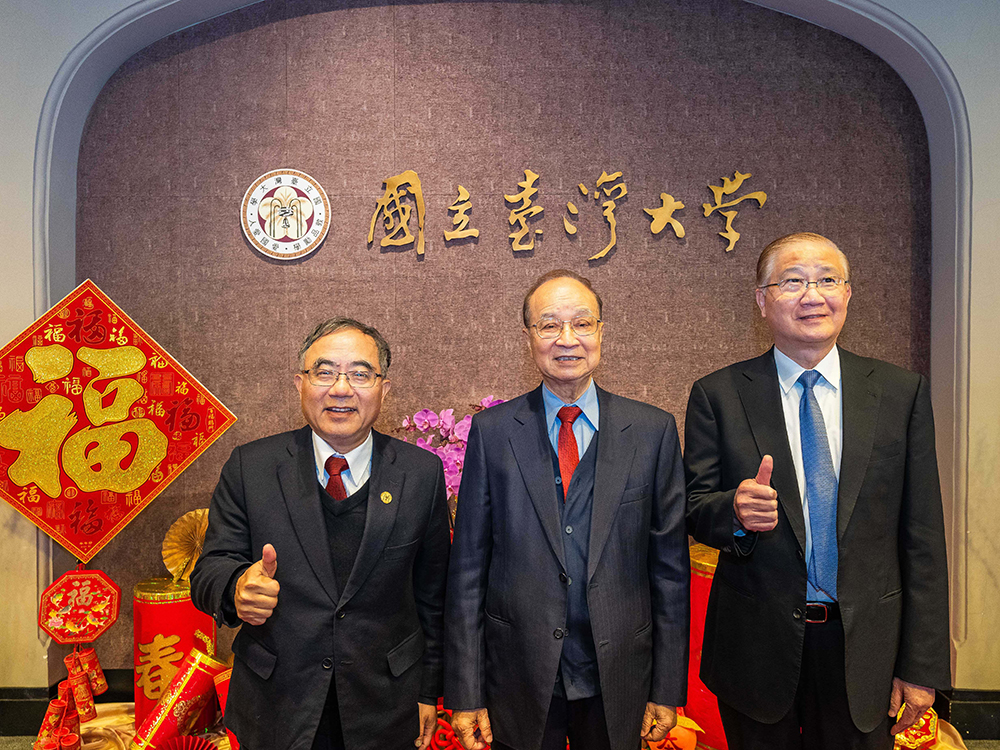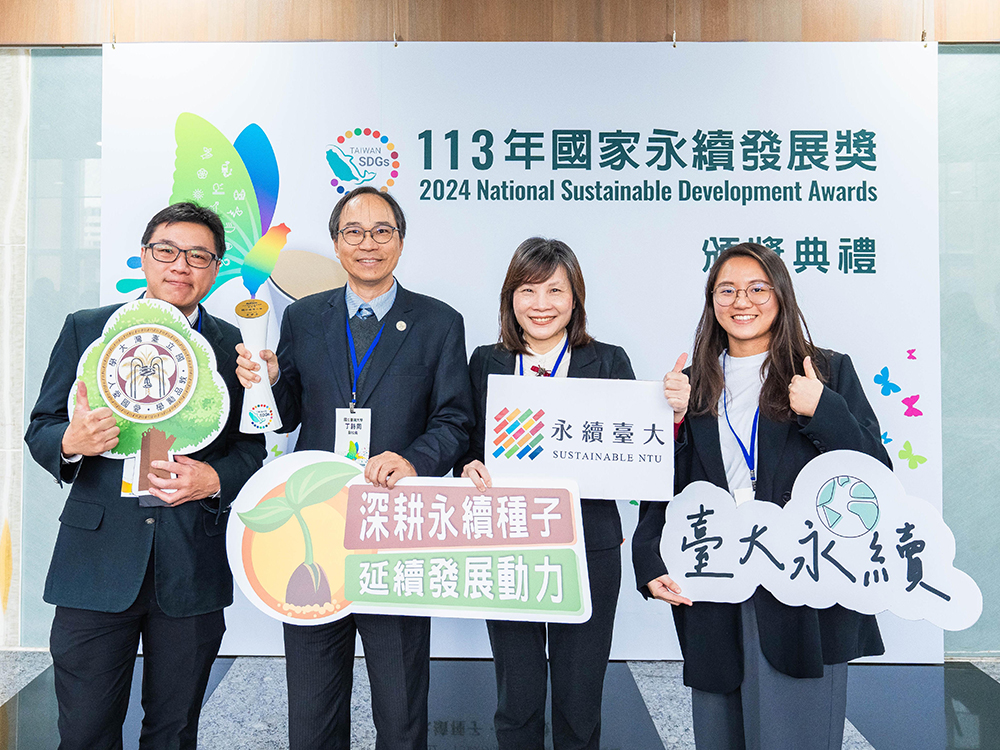
NTU ranks Top 50 in 7 subjects in 2025 QS Subject Rankings
瀏覽器版本過舊,或未開啟 javascript
請更新瀏覽器或啟用 javascript
Spotlights
Distinguished Prof. Ru-Shi Liu of NTU’s Department of Chemistry, Advanced Research Center for Green Materials Science and Technology, and Graduate School of Advanced Technology and his team have research findings published in the top international journal EnergyChem.
This article comprehensively analyzes the anode-solid-state electrolyte interface in garnet-based lithium metal batteries. It provides a clear perspective on lithiophilicity and lithiophobicity to achieve high-performance batteries.
In the face of energy challenges, the world relies on batteries as power storage, especially lithium-ion batteries (LIBs), which are both cost-effective and portable. However, despite the significant progress made in LIB technology, there is still a pressing demand for higher energy and power densities and improved safety features to make LIBs more practical for future transportation systems and large-scale grid power storage. One way to enhance the energy density of a LIB is by incorporating a Li metal anode (LMA), which is considered the ideal choice due to its exceptional properties such as high specific capacity (3861 mA h g–1) and low anode potential (approximately –3.04 V vs SHE). The use of LMA is hindered by significant issues such as the growth of Li dendrites, low Coulombic efficiency, poor cycle life, and safety concerns when organic liquid electrolytes are employed. To address these limitations, researchers have been actively exploring non-flammable inorganic solid-state electrolytes (SSEs) as an alternative. The one that has attracted significant research attention is the garnet-type Li7La3Zr2O12 SSEs, owing to its fascinating properties such as a good room-temperature ionic conductivity (1 mS cm–1, state of the art) and wide electrochemical stability window (∼ 0 – 5 V vs Li+/Li); however, the interfacial resistance remains an issue to be addressed.
Recently, Distinguished Professor of NTU’s Department of Chemistry, Advanced Research Center for Green Materials Science and Technology, and Graduate School of Advanced Technology in the March 2024 Issue of EnergyChem, titled “Interfacial Engineering for High-performance Garnet-based Lithium Metal Batteries: A Perspective on Lithiophilicity and Lithiophobicity.” Applying suitable interfacial engineering solutions is crucial for solid-state lithium metal batteries, especially for garnet-solid electrolytes due to their brittle nature, which cannot withstand high stack pressure. This review, therefore, focuses on the recent developments in interface engineering solutions and broadly classifies them based on the interface modification approach/fabrication routes using various classes of materials. Certain vital electrochemical performance parameters have been compared closely, which gives an appropriate estimation of what types of interlayers will be suitable along with the possible mechanistic route. Moreover, the role of lithium affinity at the interface in terms of lithiophilicity and its importance, along with the presence of lithiophobic phases, is discussed as it amplifies the critical current density of the anode/solid-electrolyte interface and reduces the area-specific resistance. This article comprehensively analyzes the anode-solid-state electrolyte interface in garnet-based lithium metal batteries. It aims to provide a clear perspective on lithiophilicity and lithiophobicity to achieve high-performance batteries.
Full text of the article:https://www.sciencedirect.com/science/article/pii/S258977802400006X

NTU ranks Top 50 in 7 subjects in 2025 QS Subject Rankings

New articles by NTU Hospital uncover the tie between metabolic abnormalities and the risk of mortality and cancer

Embracing the Year of Snake: Lunar New Year Gathering

NTU wins the 2024 “National Sustainable Development Awards” for exerting influence in higher education

Prof. Chih-Kung Lee of NTU’s Institute of Applied Mechanics elected NAI Fellow
Current Spotlights